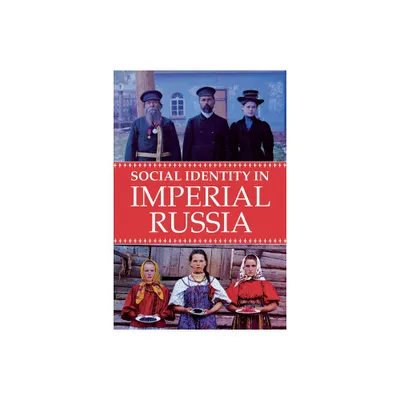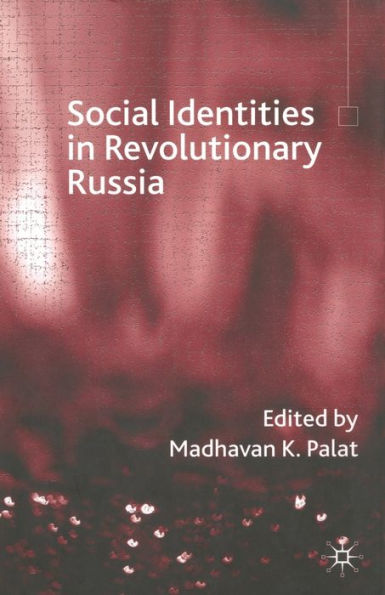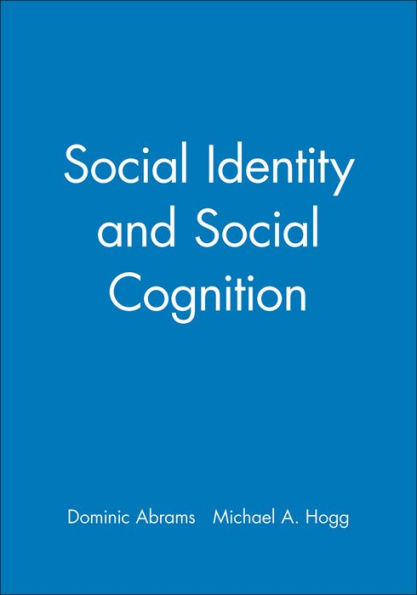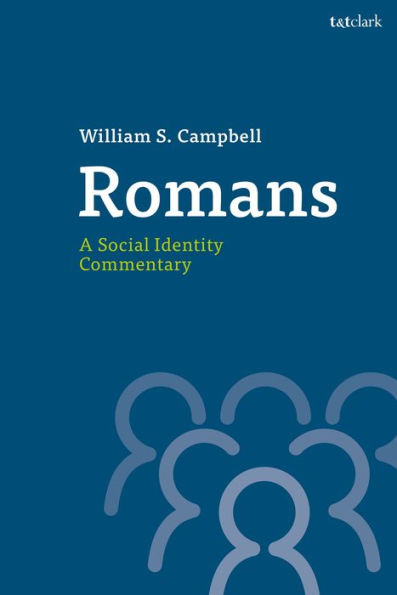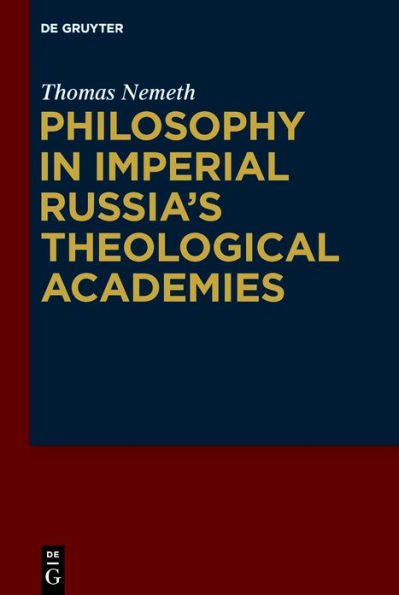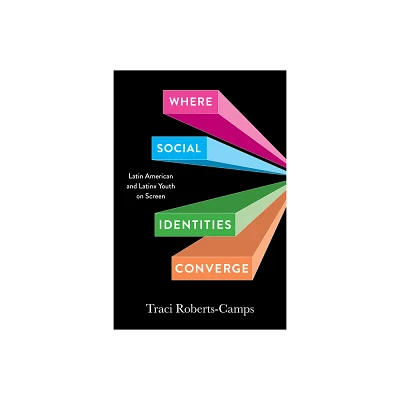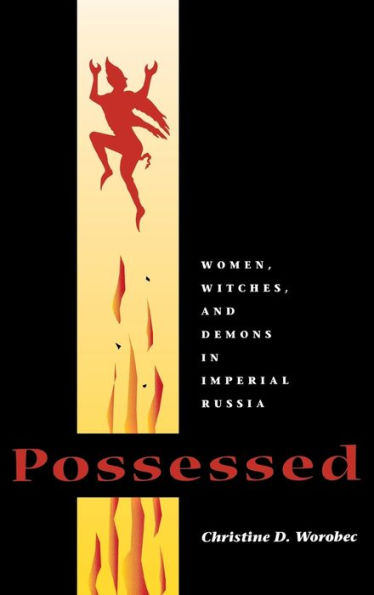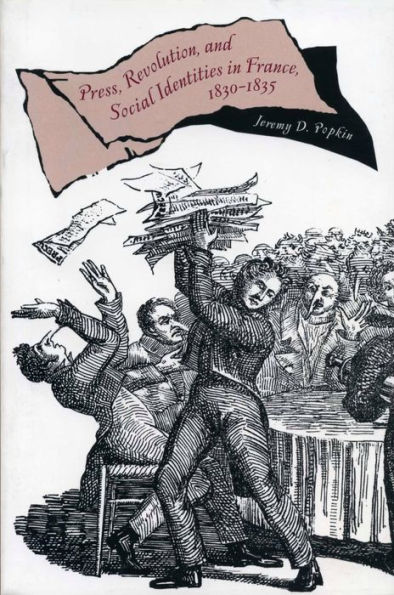Home
Social Identity Imperial Russia
Loading Inventory...
Barnes and Noble
Social Identity Imperial Russia
Current price: $33.00
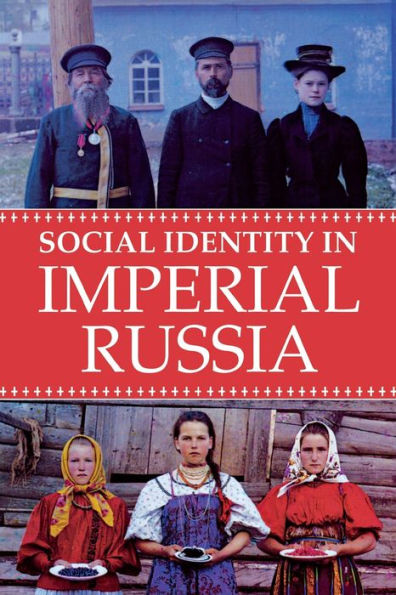

Barnes and Noble
Social Identity Imperial Russia
Current price: $33.00
Loading Inventory...
Size: Hardcover
*Product Information may vary - to confirm product availability, pricing, and additional information please contact Barnes and Noble
A broad, panoramic view of Russian imperial society from the era of Peter the Great to the revolution of 1917, Wirtschafter's study sets forth a challenging interpretation of one of the world's most powerful and enduring monarchies.
A sophisticated synthesis that combines extensive reading of recent scholarship with archival research, it focuses on the interplay of Russia's key social groups with one another and the state. The result is a highly original history of Russian society that illuminates the relationships between state building, large-scale social structures, and everyday life.
Beginning with an overview of imperial Russia's legal and institutional structures, Wirschafter analyzes the "ruling" classes, and service elites (the land-owning nobility, the civil and military servicemen, the clergy) and then examines the middle groups (the
raznochintsy
, the commercial-industrial elites, the professionals, the intelligentsia) before turning to the peasants, townspeople, and factory workers. Wirtschafter argues that those very social, political, and legal relationships that have long been viewed as sources of conflict and crisis in fact helped to promote integration and foster the stability that ensured imperial Russia's survival.
A sophisticated synthesis that combines extensive reading of recent scholarship with archival research, it focuses on the interplay of Russia's key social groups with one another and the state. The result is a highly original history of Russian society that illuminates the relationships between state building, large-scale social structures, and everyday life.
Beginning with an overview of imperial Russia's legal and institutional structures, Wirschafter analyzes the "ruling" classes, and service elites (the land-owning nobility, the civil and military servicemen, the clergy) and then examines the middle groups (the
raznochintsy
, the commercial-industrial elites, the professionals, the intelligentsia) before turning to the peasants, townspeople, and factory workers. Wirtschafter argues that those very social, political, and legal relationships that have long been viewed as sources of conflict and crisis in fact helped to promote integration and foster the stability that ensured imperial Russia's survival.
